Gravity Gear Hats!
As spring approaches and the sun starts to shine, say goodbye to your toque and hello to your favourite local gear shop’s hat! Visit us in store to pick yours up today!
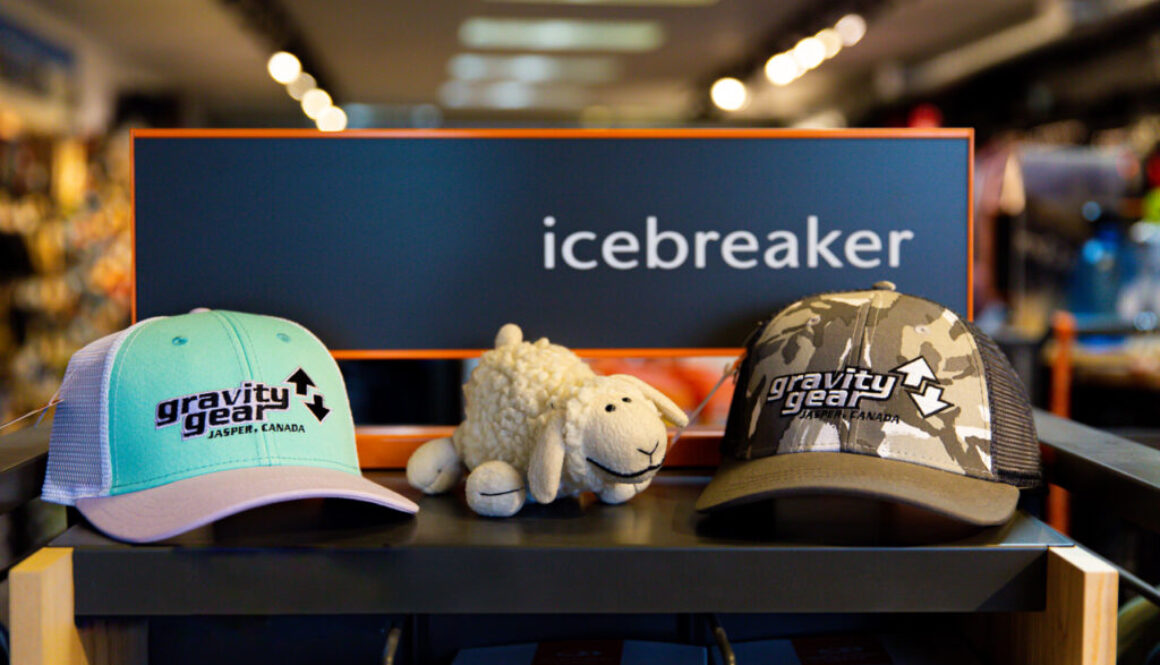
As spring approaches and the sun starts to shine, say goodbye to your toque and hello to your favourite local gear shop’s hat! Visit us in store to pick yours up today!
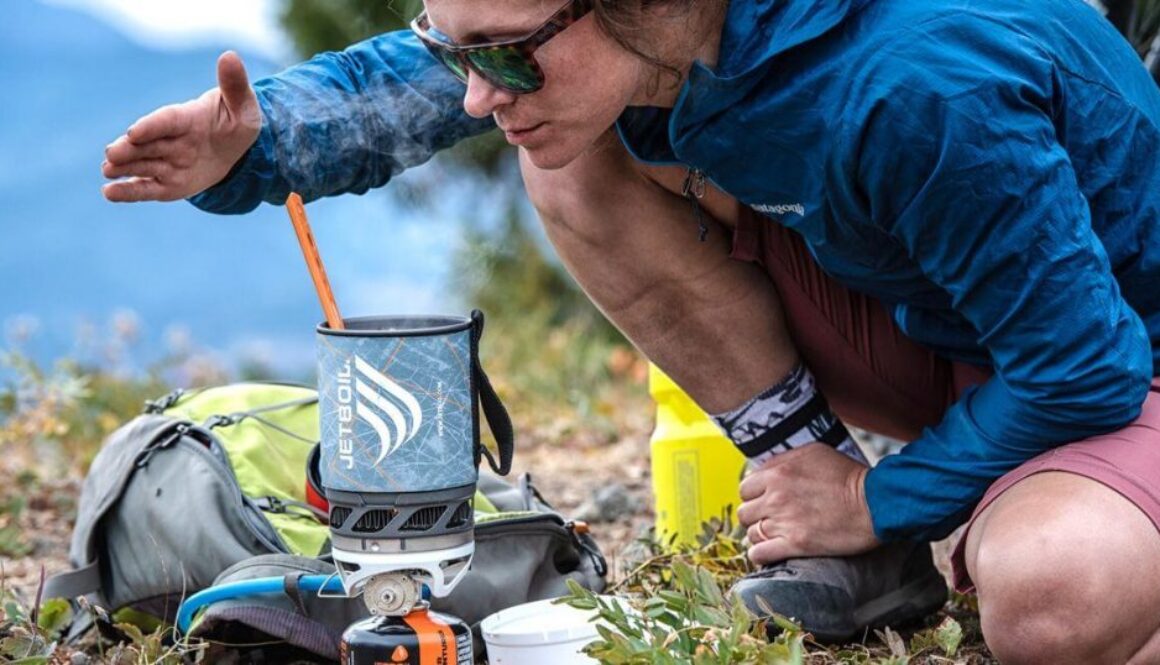
Jetboil is not your average backpacking stove. It’s a personal cooking system engineered to boil water super-fast; in just over two minutes!
Born from the frustration of clunky traditional stoves, Jetboil’s founders set out to create something safer, more efficient and easier to use. Because all the parts fit together, both in use and when packed away, it sets up quickly and easily and takes up minimal space in your pack.
Jetboil’s all-in-one cooking system combines the burner and the cooking pot into one unit. This helps to maximize fuel efficiency and extend the life of your fuel canister.
It also helps simplify backcountry cooking as you heat and eat (or drink) from the same apparatus. Because the cooking cup and burner are attached securely together and stand upright with the help of a stabilizing tripod, messy spills become a thing of the past.
Designed to be one of the safest backcountry cooking systems available, Jetboil’s 2015 stoves come with a newly designed burner that secures the igniter to protect it from bumps as you travel.
The secret to Jetboil is its heat transfer efficiency. The old-school way to maximize heat transfer is to use a pot with a large cooking surface, but that means hauling around a big pot.
Jetboil boosts its heat transfer efficiency by welding an aluminum FluxRing to the bottom of all of its cooking pots, pans and cups. This effectively increases the surface area of the smaller cooking vessels through the accordion folded lenght of aluminum.
What do you get with a Jetboil cooking system?
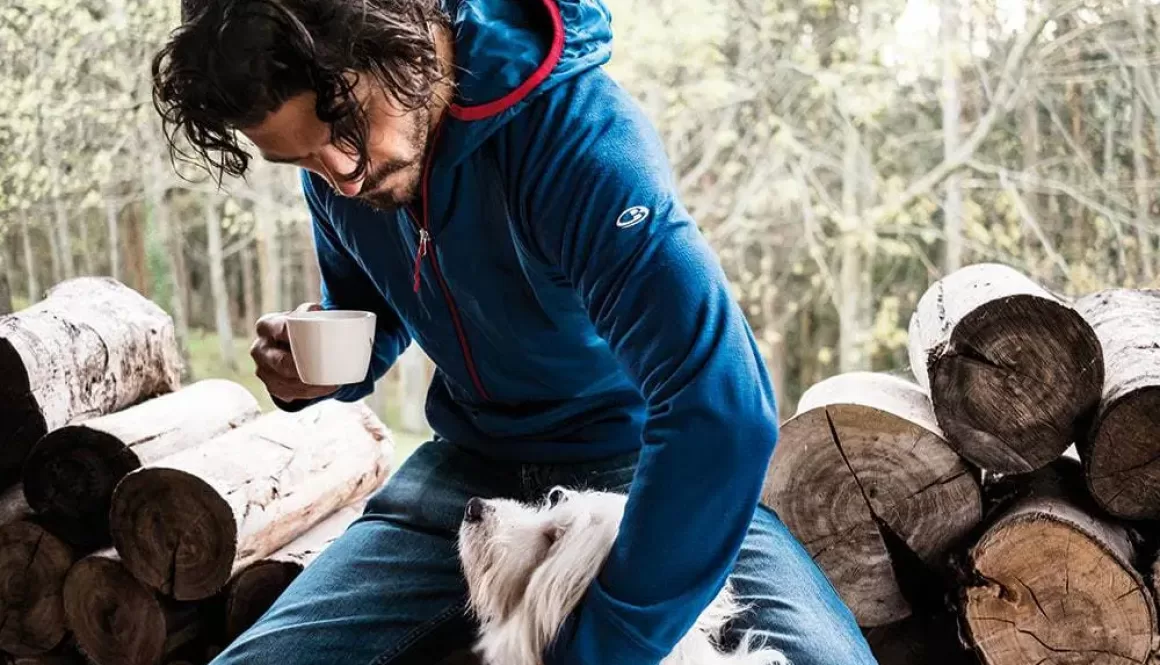
Wool in summer? If you are quietly questioning our sanity, we understand. When contemplating traditional wool garments, heavy, itchy and hot are adjectives that come to mind.
However, there’s a new sheep on the block these days. He calls the Southern Alps of New Zealand home and his wool is a far cry from the typical lowland sheep’s.
Forming the spine of New Zealand’s South Island, the Southern Alps is a harsh place: freezing in winter and scorching in summer. In its high altitude valleys, some as high as 7000 feet, live 3,000,000 merino sheep. To survive, the hardy merino’s wool has evolved to keep it cool in 35° C summer heat and warm in -20° C winter nippiness.
If merino wool can keep sheep alive in such severe conditions, could humans benefit from its qualities as well? Icebreaker thinks so. Since 1994 it has been continually refining its merino wool clothing to create a natural system of lightweight layers that will keep you comfortable and happy in all 4 seasons.
It starts with capitalizing on the light, fine, breathable coat that merinos rely on to keep them cool in summer. This is your base layer. It works by transporting moisture vapor away from your skin so that it can evaporate.
Instead of the moisture vapor skidding along the surface or evaporating through holes in the fabric – the way synthetics are designed to work, Icebreaker merino allows the moisture to escape through the fibers themselves as well at the spaces between them. This beautiful breathability is what helps to you keep cool without feeling clammy.
When the mercury drops, it’s time to layer up just like the merinos do when they grow their winter coats. By layering lightweight Icebreaker clothing, you trap insulating air between each layer for cozy warmth without the bulk.
Not all merino wool is created equal. The sheep of New Zealand’s Southern Alps grow the longest, strongest merino fiber there is, making it more durable and helping it to stay softer for longer. It naturally resists odors, and it feels great against your skin.
But, sometimes, even miracle fibers can use a little help. Cool-Lite is one of Icebreaker’s new fabrics. It’s a combination of two natural fibers: merino wool and TENCEL. TENCEL is produced from wood grown at sustainable tree farms. Learn more about it here. (link to: http://eartheasy.com/wear_tencel.htm)
Cool-Lite keeps you 40% cooler than pure merino wool. How? On top of the qualities merino wool brings, TENCEL’s naturally high moisture content helps to keep your body cool.
The alternative to wool clothing is synthetics such as polyester or polypropylene. While they are light and quick to dry, they are made by melting, extruding and setting petrochemical plastic.
Icebreaker clothing goes the natural route. Made from the wool of sheep living the life nature intended, Icebreaker clothing is renewable and biodegradable.
To make sure the sheep stay happy, Icebreaker commits to long-term contracts with merino sheep farmers and takes responsibility for every stage of the process, from the quality of the wool right down to the sheep’s welfare.
Icebreaker guarantees its garments are the most comfortable, best performing merino clothing you can buy. If you are not completely satisfied, bring it back within 90 days and they’ll be happy to replace it.
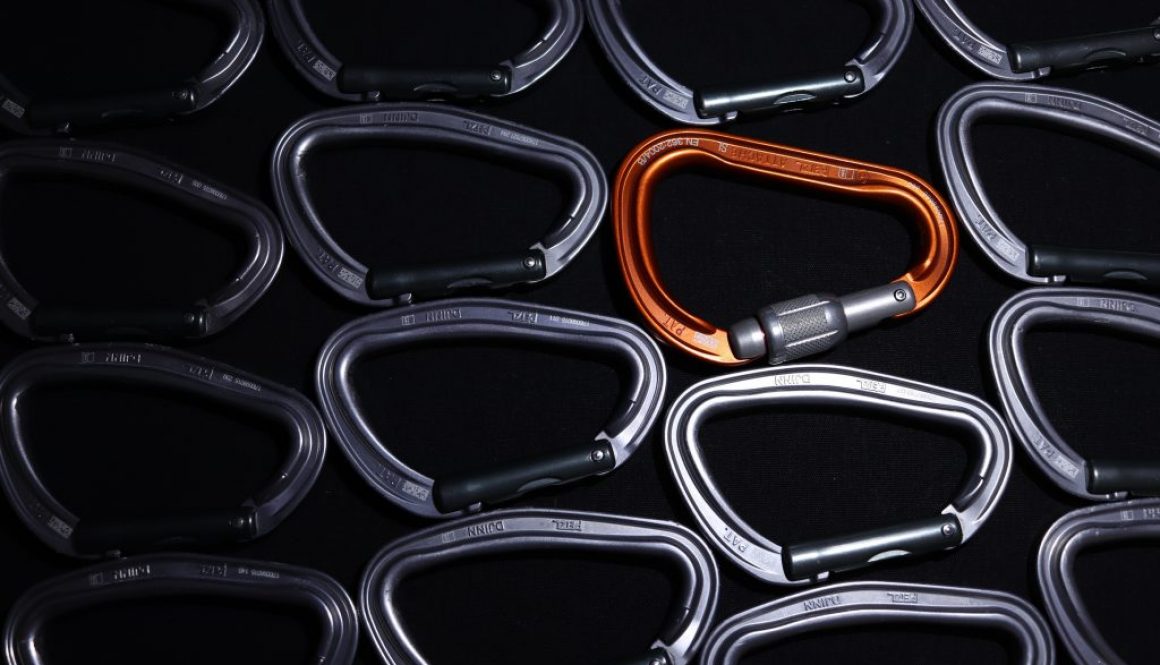
With so many choices out there, picking the right carabiner is not always a simple decision. But you can’t go climbing without them. They are indispensible for so many critical chores:
The decision on what to buy depends mainly on the intended use. You also need to be sure you are using each one correctly for the task at hand.
If you are confused about what type of biners you need to populate your personal rack, here’s a quick guide to what you need to know to navigate the potentially complex waters of carabiner shopping.
Shape
Carbiners come in four general shapes: oval, pear, D or asymmetrical D. What’s the difference?
Invented in the early 1900s by Otto Herzog, the oval carabiner is still used today.
The pros of an oval biner are:
The drawbacks to oval biners are:
The next phase in the evolution of the modern carabiner is the D. It’s a key tool in every climber’s rack. Because its shape forces load to the spine it is stronger and can be made lighter than the oval. Its shape also makes it easier to clip into.
Lighter because they are slightly smaller and narrower at one end, asymmetrical Ds are the go-to biners for many modern climbers. They tend to have larger gate openings, making clipping and racking even easier. The drawback for some is the more limited space within the D.
Modern asymmetrical Ds come with all kinds of ergonomic enhancements to enhance clip-ability.
Pear shaped carabiners are generally reserved for belaying. They can be used with a belay device, but they also allow a climber to belay with a simple munter hitch. Sometimes called an HMS carabinrer, short for the German word Halbmastwurfsicherung, which means munter hitch belay, a pear shaped biner is a good back-up in case you find yourself without a belay device.
Gate
Carabiner gates can be:
They also come with two different closure mechanisms:
Why all the choices?
Solid gates are the most common type of carabiner gate. They are constructed of metal tubing and standard on all locking carabiners. A spring mechanism is used to snap them shut.
Wire gates are made of a loop of stainless steel wire. While they may look less strong than solid gates, the converse is actually the case. Wire gates are:
than solid gates.
Why? Due to the low weight of the gate, they are less likely to flutter or vibrate open during a fall. Wire gates are also less likely to freeze up in winter or become jammed with mud, dirt or ice.
Straight gates are the standard. They offer up lots of functionality whether you are using them to clip into protection or a bolt, or on a quickdraw.
Bent gates are designed to make clipping easier. While the shape of the gate does not affect its strength, bent gate carabiners should only be used to clip into your rope because they can unclip more easily from protection or bolts. This practice also ensures that you don’t use a carabiner that’s been scarred by a metal hangar on your rope, which can damage it.
The traditional gate closure is a simple notch in the nose that hooks into a pin on the gate. While this is a strong, reliable gate closure type, there can be a problem with the notch hooking onto things – a bolt hanger, stopper wire or sling for example.
The solution is what’s known as a keylock closure. A keylock closure gate essentially transfers the task of “hooking” the nose and gate together to the gate. The nose has a key shape that’s matched up to a corresponding keyhole in the gate, providing a clean design and eliminating the problem of nosehooking.
Climb safely
The strength of a carabiner is measured in kiloNewtons (kN) – the force of mass x acceleration. One kiloNewton is approximately 225 lbs. of force. But this strength rating assumes the carabiner is being used properly. Here are a few tips to make sure you use your correctly:
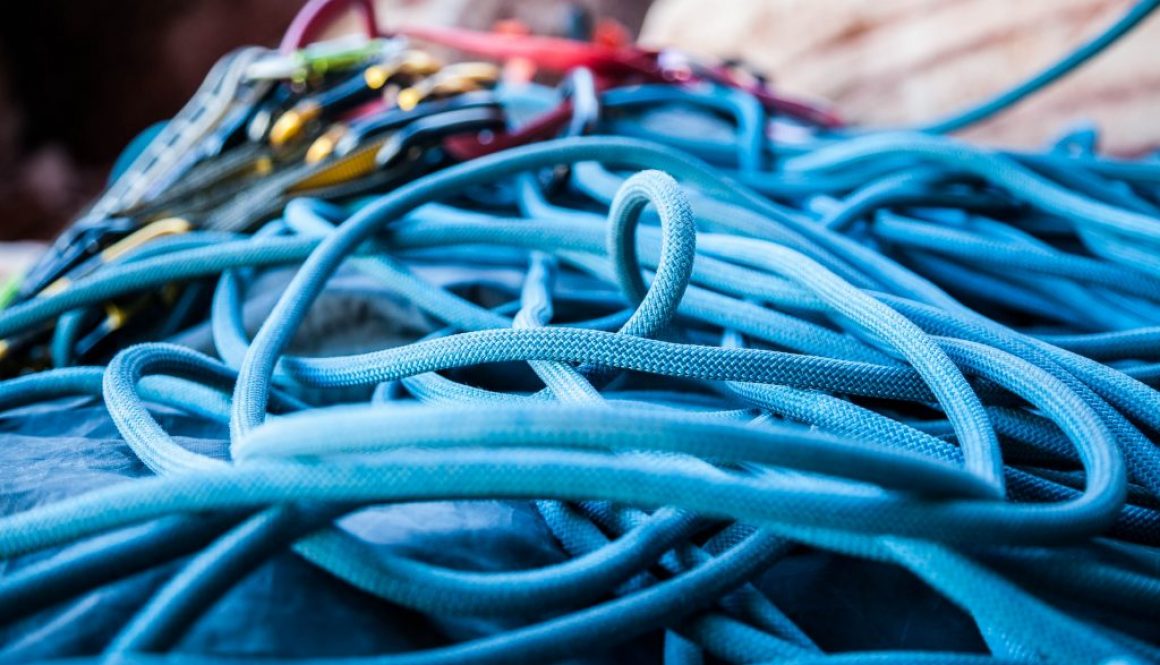
As with many sports, gear can get pretty specialized:
But, if you’re new to a sport, you need to stockpile slowly and sensibly. When it comes to choosing a climbing rope, knowing a few details before you buy can help you build up your climbing arsenal affordably.
Climbing ropes come in an array of lengths, diameters and handling characteristics. What you predominantly intend on using your rope for will help you narrow things down a bit.
Here’s a general (note the word GENERAL) guideline to the spec ranges ropes can come in:
| Type | Diameter | Weight g/m | Fall rating
(# of UIAA falls) |
| Workhorse Single Ropes | 10.1-11mm | 65-77 | 10-17 |
| All-Around Single Ropes | 9.5-10mm | 60-64 | 7-9 |
| Skinny Single Ropes | 8.9-9.4mm | 52-59 | 5-6 |
| Half Ropes | 8-9mm | 41-53 | 6-16 |
| Twin Ropes | 7-8mm | 37-42 | 12-19 |
The workhorse
A workhorse is just that – durable, hardworking and tough. These ropes are great for areas with sharp rock edges and are the easiest to hold. The drawbacks? They can run less smoothly through your belay device and they tend to be heavy.
The all-around
An all-around rope is the most common type of rope used for sport, trad and alpine climbing because they are of average weight, diameter and fall rating.
Skinny
Skinny ropes are for situations where weight matters:
Since a fall can be harder to catch with a skinny rope, make sure your belay device can supply lots of friction and is rated for the smaller diameter of a skinny rope. Practicing catching a fall in a safe situation (ie: the gym) will help you get the feel.
Half ropes
Half ropes are ideal for routes where the protection is not in a straight line or the route wanders. The more your rope meanders back and forth, the bigger the rope drag. By clipping each rope alternately, you can minimize rope drag.
You can also minimize the potential length of a fall by taking up slack in the rope that’s running from the piece of pro that’s the farthest away. Double belay distances and the extra protection of two separate ropes in the case that one is severed are additional benefits.
The downside is the extra weight of carrying two ropes. Make sure you never clip both ropes to the same piece of pro because it doubles the amount of fall force on both your and the pro.
Twin ropes
Twin ropes are best for ice climbing and wandering routes with lots of belays. While they are lighter and less bulky that half ropes, you need to clip both ropes into each piece of pro, which can cause more rope drag.
Let’s go climbing!
While this blog has– hopefully – helped you understand the basics around the types shapes and sizes of climbing ropes, it’s no substitute for expert advice, experience and training.
If you are new to climbing, seek out a professional or an experienced friend to learn more about how climbing ropes are used and which type is best suited for which purpose.
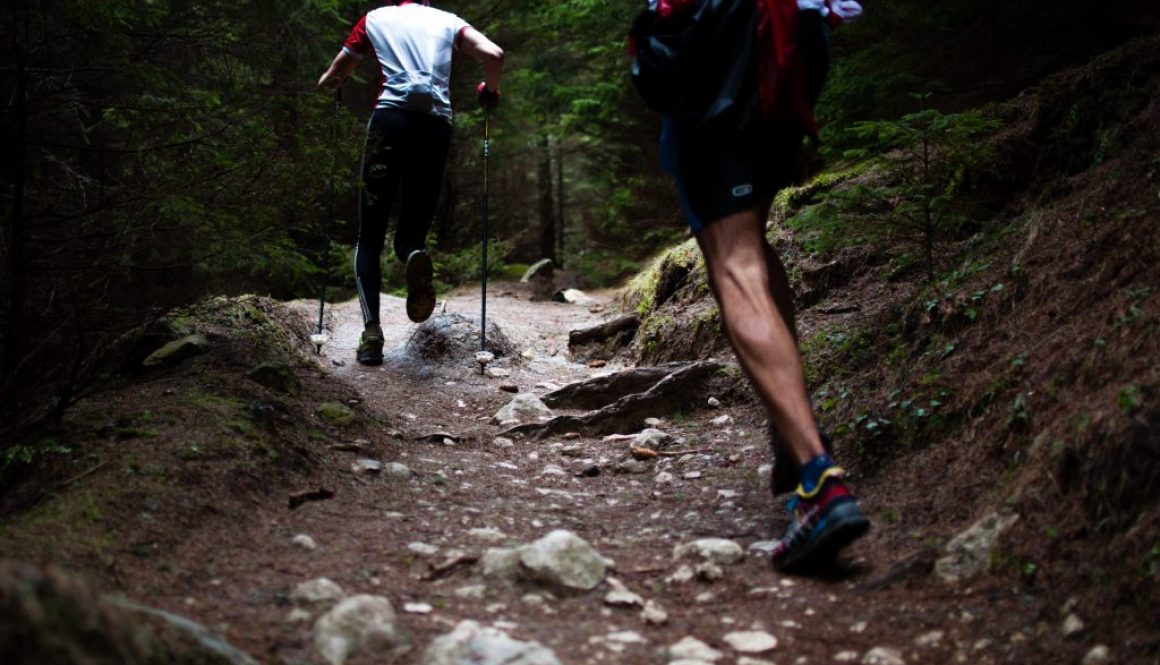
Hiking poles, also know as trekking poles have been gaining in popularity over the past decade. In fact, it’s becoming rare these days to hike without seeing them. Are they worth the investment? Or are they just a passing fad? We think they’re here to stay.
1. Tap into your arm power
Your arms are no slouches; they can contribute a lot to your ambulatory travel efforts. By involving your arms, you can take 5 kg of body weight off your feet on flat terrain, up to 8 kg going up or downhill.
2. Save your joints
Hiking can do a number on your ankles, knees, and hips in terms of stress. Hiking poles can reduce the compressive force on the joints of your lower extremity by as much as 25%.
3. Flick away pests
Jungly wet willows, sticky spider webs, a spruce branch thoughtlessly discharged by the hiker in front of you, over-friendly dogs with an affinity for crotch-sniffing – there are a lot of things that can invade your personal space out there. Your hiking poles are an effective deflector for an array of assaults.
4. Rock a faster rhythm
When your arms are actively in the game, you’re more able to find an efficient rhythm – which can increase your speed.
5. Stay connected
Every wonder why your dog seems more nimble and able to recover from slips than you? It’s ‘cause they have two extra points of contact on the ground. Hiking poles act as your front legs, helping you be more stable on your two human feet.
6. Hands up for better circulation
Hiking hard ups your circulation, sometimes causing blood to pool in hands hanging (relatively) limply at your sides. Hiking poles force them upwards relieving that hot, pumped feeling many hikers experience in their hands.
7. Lighten up on your shoes
Because hiking poles reduce your relative weight and lessen the impact on your joints, you can often get away with lighter footwear.
8. Skip wet feet
With an extra point or two on the ground, trekking poles can help eliminate slips, translating to less splashy creek crossings.
9. Travel off-piste less pissed off
Hiking poles can help your balance in rougher terrain. They can also be used as probes to help you assess the stability of your next step.
10. Burn a few
Hiking with poles can increase the amount of calories you burn by up to 20%, possibly more if you are hiking in very steep terrain. While you’ll need to consider this for long hikes by planning more calories to compensate, it’s a definite plus for those who are looking to shed a few pounds or gain aerobic fitness.
Not really, but, as with pretty well everything else in the world, nothing is perfect. Here are a few tips to avoid the few minor drawbacks of hiking with poles.
There are a lot of choices out there. Gravity Gear offers a range of Black Diamond trekking poles for an assortment of activities and users.Here’s the scoop on what’s what and who’s who to help you choose the best option for you:
4 Season
Lightweight
All-around
Come on in and check them out for yourself!
Hiking poles, also know as trekking poles have been gaining in popularity over the past decade. In fact, it’s becoming rare these days to hike without seeing them. Are they worth the investment? Or are they just a passing fad? We think they’re here to stay.
Your arms are no slouches; they can contribute a lot to your ambulatory travel efforts. By involving your arms, you can take 5 kg of body weight off your feet on flat terrain, up to 8 kg going up or downhill.
Hiking can do a number on your ankles, knees, and hips in terms of stress. Hiking poles can reduce the compressive force on the joints of your lower extremity by as much as 25%.
Jungly wet willows, sticky spider webs, a spruce branch thoughtlessly discharged by the hiker in front of you, over-friendly dogs with an affinity for crotch-sniffing – there are a lot of things that can invade your personal space out there. Your hiking poles are an effective deflector for an array of assaults.
When your arms are actively in the game, you’re more able to find an efficient rhythm – which can increase your speed.
Every wonder why your dog seems more nimble and able to recover from slips than you? It’s ‘cause they have two extra points of contact on the ground. Hiking poles act as your front legs, helping you be more stable on your two human feet.
Hiking hard ups your circulation, sometimes causing blood to pool in hands hanging (relatively) limply at your sides. Hiking poles force them upwards relieving that hot, pumped feeling many hikers experience in their hands.
Because hiking poles reduce your relative weight and lessen the impact on your joints, you can often get away with lighter footwear.
With an extra point or two on the ground, trekking poles can help eliminate slips, translating to less splashy creek crossings.
Hiking poles can help your balance in rougher terrain. They can also be used as probes to help you assess the stability of your next step.
Hiking with poles can increase the amount of calories you burn by up to 20%, possibly more if you are hiking in very steep terrain. While you’ll need to consider this for long hikes by planning more calories to compensate, it’s a definite plus for those who are looking to shed a few pounds or gain aerobic fitness.
Not really, but, as with pretty well everything else in the world, nothing is perfect. Here are a few tips to avoid the few minor drawbacks of hiking with poles.
There are a lot of choices out there. Gravity Gear offers a range of Black Diamond trekking poles for an assortment of activities and users.Here’s the scoop on what’s what and who’s who to help you choose the best option for you:

10:00am-6:00pm daily
COPYRIGHT © 2020 – GRAVITY GEAR JASPER | Outdoor Equipment & Clothing Store